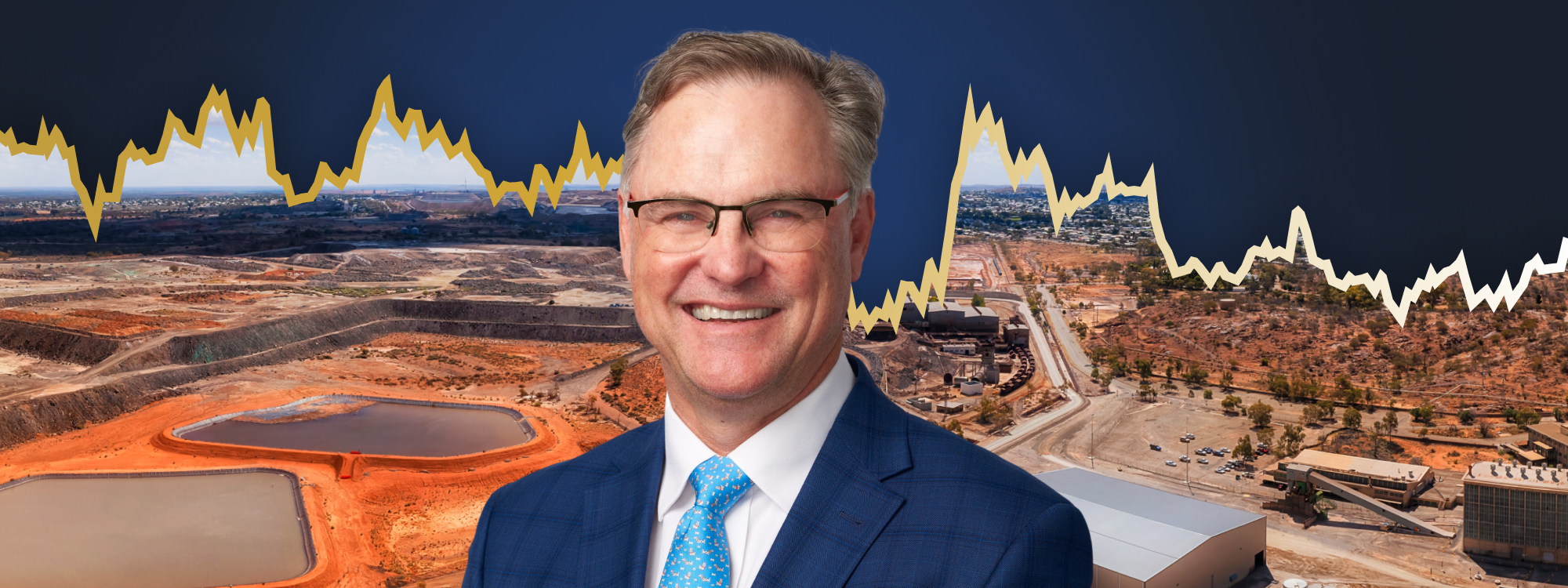Operational excellence the key for BHP: now and into the future
Profits fell on softer commodity prices and were weaker than expected by the market. The dividend was 30% lower than this time last year and the lowest interim dividend in eight years.
On those numbers alone, one might think that BHP’s results were poor. But, the Big Australian controlled what it could – iron ore and copper volumes increased, there exists a forward pipeline of solid opportunities, and costs were well managed, all of which resulted in strong cashflow - a metric that stood out to Martin Currie's Head of Research, Michael Slack.
"The outstanding feature for me was the strong cashflow that was about 17% ahead of the market, which is a reflection of good cost control in the period, a reversal of working capital, and lower finance charges", said Slack.
What BHP can’t control, however, are commodity prices, with slowing Chinese steel demand seeing the miner paid about 20% less, on average, for its iron ore and coking coal production – explaining the 23% fall in underlying profit from a year ago.
So, should investors look past the uncontrollables, instead focus on what the company is doing well, and use the commodity-induced share price weakness as a buying opportunity?
I spoke to Martin Currie Head of Research, Michael Slack, as part of Livewire’s Reporting Season coverage to find out.
BHP's 1H25 results
- Revenue: $25.2 billion vs expectations of $25.01 billion
- Underlying NPAT: $5.08 billion vs expectations of $5.38 billion (-23% vs a year ago)
- Free cash flow: $2.6 billion
- Net operating cash flow: $8.3 billion
- Interim dividend: 50c (vs expectations of 49c) vs year-ago 72c; record 7-Mar, payable 27-Mar, fully franked
- Capital expenditures: $10 billion vs expectations of $10.02 billion
- Production guidance: Unchanged

What was the key takeaway from this result?
The result was essentially in line. It was a little bit ahead at the NPAT level, so the dividend was slightly better, but most metrics were pretty much in line with the market.
The outstanding feature for me was the strong cashflow that was about 17% ahead of the market, which is a reflection of good cost control in the period, a reversal of working capital, and lower finance charges.
Net debt was pretty much known and it's within their range, but the other thing they mentioned a lot was their strong growth pipeline, and they're clearly gearing up to execute on a number of projects, particularly in copper.
Were there any surprises in this result that you think investors need to be aware of?
The strong cashflow and the strong balance sheet were two features. They did say that debt was getting to the upper end of their target range, but to be frank, their target range is really conservative - $15 billion target in the context of a $130 billion company.
So they've got plenty of firepower for investment and I think the balance sheet is one of the outstanding positives of the stock.
Would you buy, hold or sell BHP off the back of this result?
Rating: BUY
It's a buy, particularly as the value emerges from the growth pipeline. It's a strong cashflow generator and it's got a good balance sheet to implement its growth ambitions.
So I like it at these levels.
Are there any risks that investors need to be aware of?
Company execution risk is the biggest one; executing not only operationally in an inflationary environment.
They've shown that they can keep costs under control, but also executing their growth pipeline.
Mining is a difficult business to build projects. Projects aren't located in the easiest locations often, but they've got a lot of experience working in Latin America and Australia, which should serve them well.
From 1 to 5, where 1 is cheap and 5 is expensive, how much value do you see in the market?
Rating: 5
Well, in August I put it at a four when I had the same interview, saying the market looked pretty expensive and it's gone up since then, so I can only say it's five now.
That said, we can see some value emerging in the resource space. It's obviously a cyclical space and we're at cyclical lows in some of the commodities like lithium and the like. I'm not saying it's going to run away, but the market has certainly repriced a lot of those opportunities elsewhere.
5 topics
1 contributor mentioned


